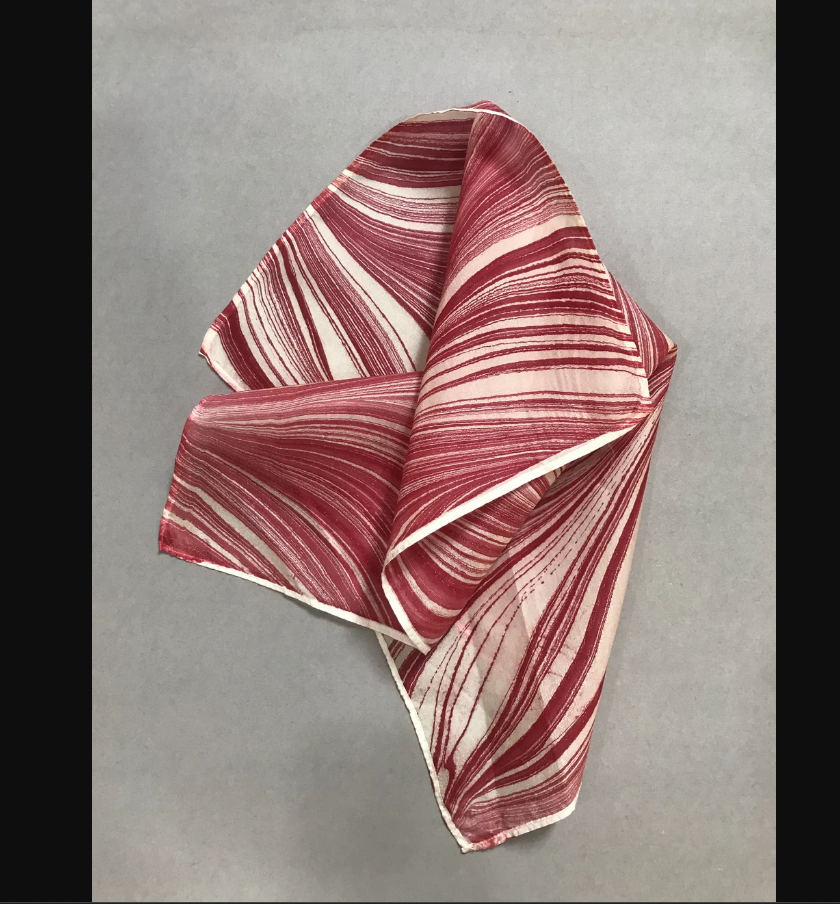In the realm of men’s fashion, small details often make the loudest statements. One such detail that has stood the test of time, transcending fleeting trends and seasonal styles, is the pocket square. Once a purely functional accessory, it has evolved into a symbol of elegance, character, and personal expression.
A Brief History of Pocket Squares
The pocket square has its roots in ancient civilizations. Historians trace its earliest versions to Ancient Egypt, where wealthy Egyptians carried scented handkerchiefs. The Greeks and Romans followed suit, using cloths for hygiene and sun protection. However, the pocket square as we know it began gaining prominence in 14th-century Europe, initially as a handkerchief carried in pockets, and later, tucked neatly into jacket breast pockets.
By the 19th century, the separation of handkerchiefs and pocket squares became more pronounced. Men began carrying handkerchiefs for use and displaying decorative ones in their jacket pockets solely for fashion. This marked the birth of the pocket square as an accessory in its own right.
Why Pocket Squares Matter in Modern Style
In a world where fashion is increasingly casual, the pocket square remains one of the few elements of traditional menswear that can be used to elevate an outfit without appearing overdressed. It bridges the gap between formal and relaxed, providing a subtle flair that never feels forced.
It’s not just about adding color—pocket squares allow the wearer to communicate mood, creativity, and individuality. Unlike ties, which are often standard issue in formal dress codes, a pocket square is optional. That’s precisely what makes it special. Choosing to wear one shows attention to detail and a refined sense of style.
The Art of Choosing the Right Pocket Square
Choosing a pocket square isn’t about matching—it’s about complementing. A common mistake many make is matching the tie and pocket square exactly. While this may seem safe, it lacks the layered, nuanced look that true style commands.
Instead, consider using the color wheel. If your tie is a rich navy, a pocket square with accents of burgundy or mustard can create a pleasing contrast. For patterned ties, opt for a pocket square that picks up a secondary color from the pattern, or go with a solid color that provides a visual break.
Texture is another underrated aspect. Silk pocket squares are perfect for formal settings, while linen or cotton squares lend themselves well to casual or summer suits. Wool pocket squares are ideal for colder months and pair well with tweeds and flannels.
Folding Techniques That Make a Difference
Folding a pocket square is an art in itself. The way you fold it can reflect the occasion, your personality, or your outfit’s tone.
- The Presidential Fold (or square fold): Clean, crisp, and symmetrical. Ideal for formal occasions.
- The One-Point or Two-Point Fold: Offers a slight flair without being too showy. Good for business settings.
- The Puff Fold: A more relaxed, voluminous fold that adds texture and movement.
- The Scallop or Crown Fold: For more flamboyant or creative statements—perfect for weddings or artistic settings.
Each fold tells a different story, and learning a few classic ones can vastly expand the versatility of your pocket square collection.
Occasions Where Pocket Squares Shine
The beauty of pocket squares is their versatility. They are appropriate for nearly any occasion—business meetings, weddings, dinner dates, or casual get-togethers.
- Weddings: A pastel-toned or floral pocket square adds a romantic touch to your ensemble.
- Work Settings: Choose conservative patterns or muted colors in silk or cotton.
- Casual Outings: Don’t be afraid to experiment with bolder patterns, whimsical prints, or textured fabrics.
What’s essential is that the pocket square doesn’t feel out of place. It should be a natural extension of your personality and your outfit.
Pocket Squares in Pop Culture
From Hollywood icons like Cary Grant and James Bond to contemporary style influencers, the pocket square has long been a staple of stylish men. It signals polish and sophistication, even when worn with casual attire.
Its presence in film, television, and red carpet events has ensured that the pocket square maintains its relevance. Modern interpretations have made their way into streetwear and unstructured blazers, proving that it’s not just for black-tie events or boardrooms.
Tips for Building a Pocket Square Collection
Building a versatile pocket square collection doesn't require deep pockets—just thoughtful choices. Start with a few basics:
- White linen or cotton – for the classic Presidential fold.
- A rich silk in a bold color or pattern – for statements.
- A muted tone with subtle texture – for day-to-day elegance.
- A seasonal piece – florals for spring/summer, wool checks for fall/winter.
Over time, as you become more comfortable mixing and matching, you can explore bolder choices like hand-embroidered or artisanal prints that add character.
Final Thoughts
Few accessories offer the versatility, elegance, and individuality of the pocket square. Whether you’re stepping into a boardroom or attending a celebration, a well-chosen pocket square doesn’t just complete an outfit—it enhances it.
It’s an accessory that pays homage to tradition while leaving room for innovation. With endless combinations of fabric, color, pattern, and fold, the pocket square remains a timeless element in modern menswear—subtle, stylish, and undeniably effective.





Comments